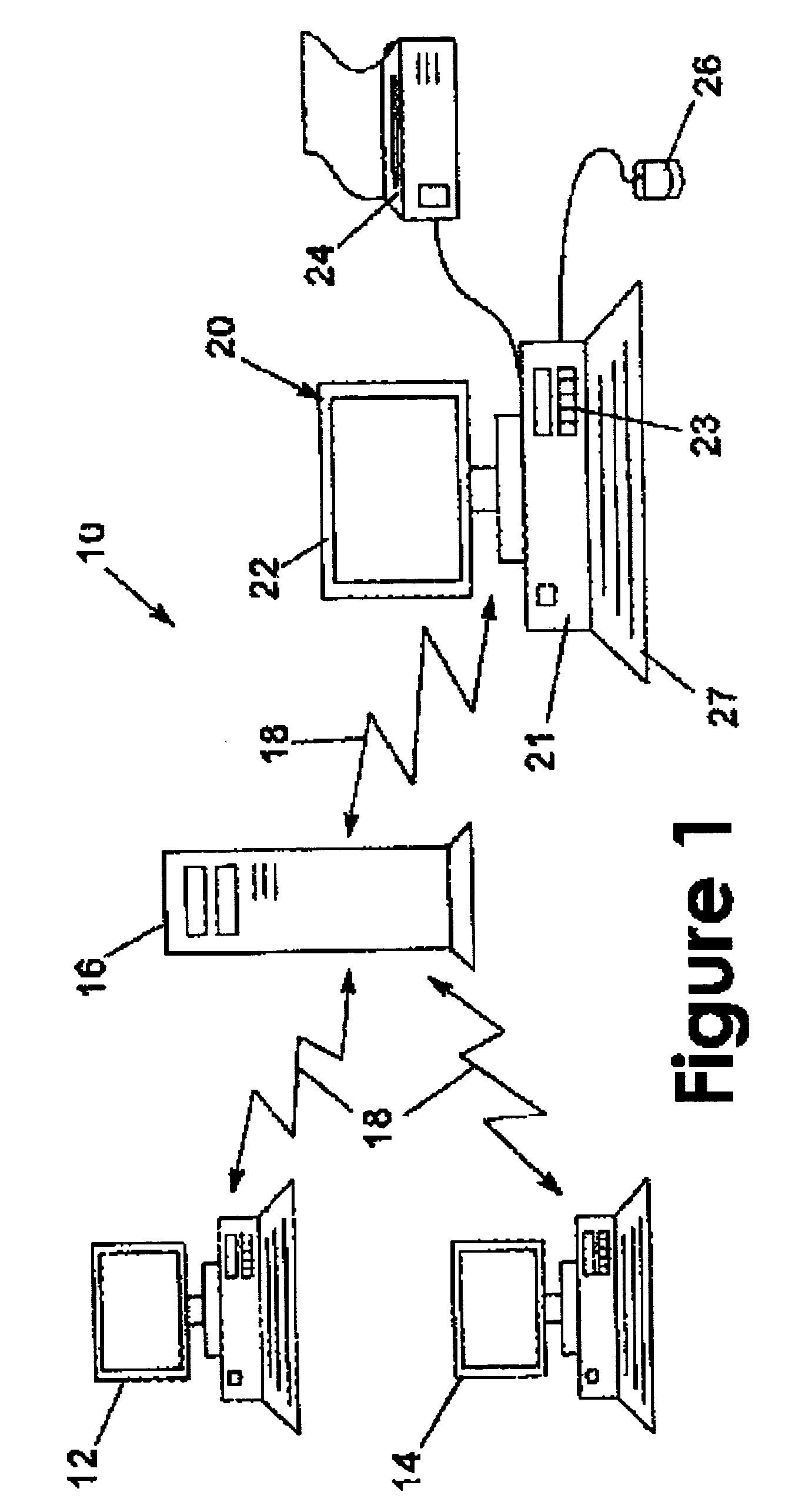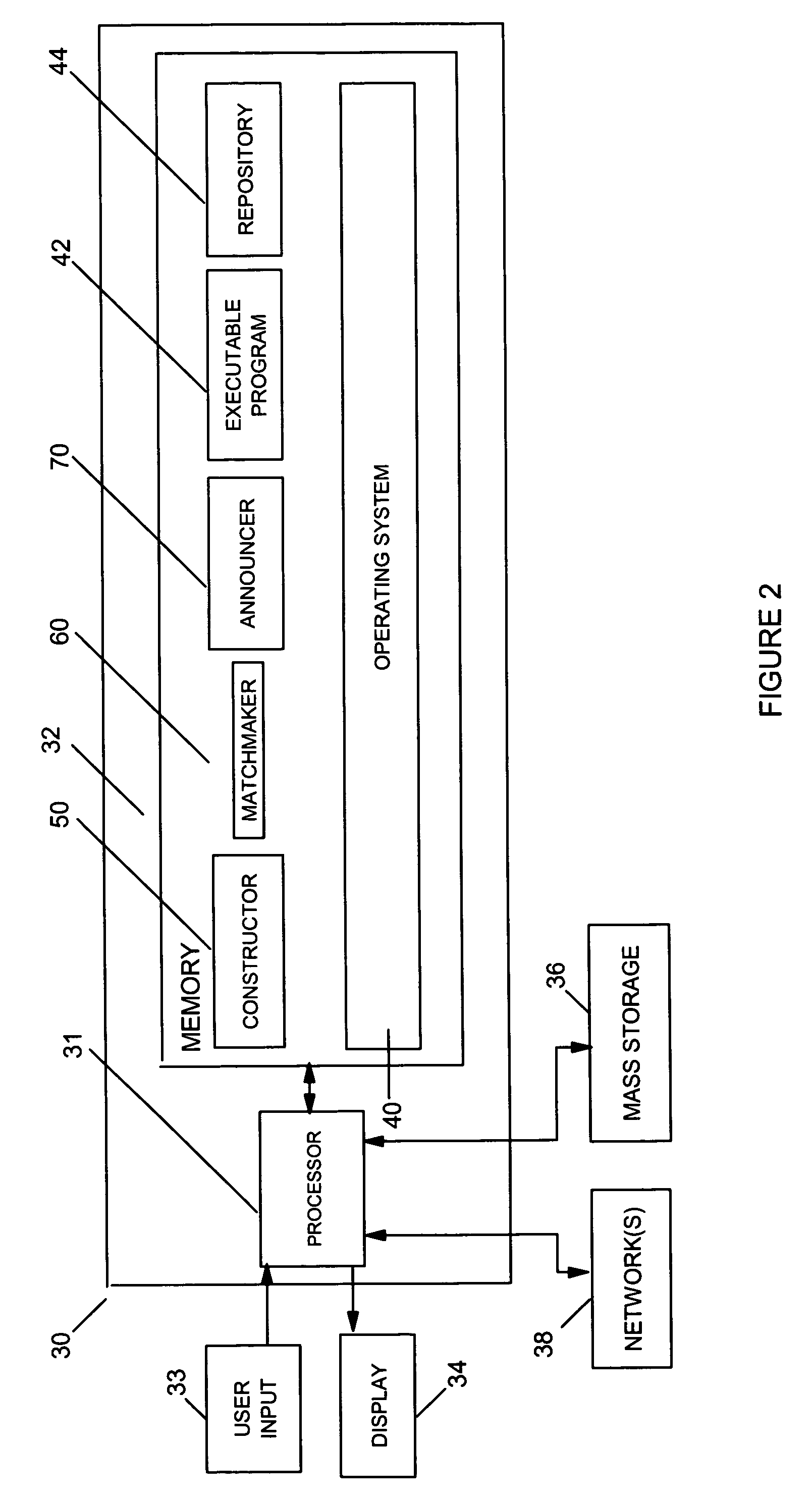Tracking and maintaining related and derivative code
a technology of related and derivative code and maintenance, applied in the field of maintaining computer programs, can solve the problems of not being aware of a bug or an increase in efficiency by a change, programmers often fail to take advantage of these packaging techniques, and the change may not be updated in the ide, etc., to achieve the effect of improving the efficiency of editing source cod
- Summary
- Abstract
- Description
- Claims
- Application Information
AI Technical Summary
Benefits of technology
Problems solved by technology
Method used
Image
Examples
Embodiment Construction
[0021]Referring to the drawings, FIG. 1 illustrates an exemplary computer system 10 consistent with the invention. Computer system 10 is illustrated as a networked computer system that includes one or more client computers 12, 14 and 20 such as desktop computers workstations coupled through a network 18 to a server 16. Server 16 could also be a personal computer-based server, a minicomputer, a midrange computer, or a mainframe computer. Network 18 may represent practically any type of networked interconnection including but not limited to local-area, wide-area, wireless, and public networks such as the Internet, and any number of routers and / or hubs connected in between, e.g., a local-area network to a wide-area network to the Internet through a series of routers and / or other servers. Any number of computers and other devices may be networked through network 18, e.g., multiple servers, hand-held devices, etc.
[0022]FIG. 2 illustrates another exemplary hardware and software environmen...
PUM
 Login to View More
Login to View More Abstract
Description
Claims
Application Information
 Login to View More
Login to View More - R&D
- Intellectual Property
- Life Sciences
- Materials
- Tech Scout
- Unparalleled Data Quality
- Higher Quality Content
- 60% Fewer Hallucinations
Browse by: Latest US Patents, China's latest patents, Technical Efficacy Thesaurus, Application Domain, Technology Topic, Popular Technical Reports.
© 2025 PatSnap. All rights reserved.Legal|Privacy policy|Modern Slavery Act Transparency Statement|Sitemap|About US| Contact US: help@patsnap.com



